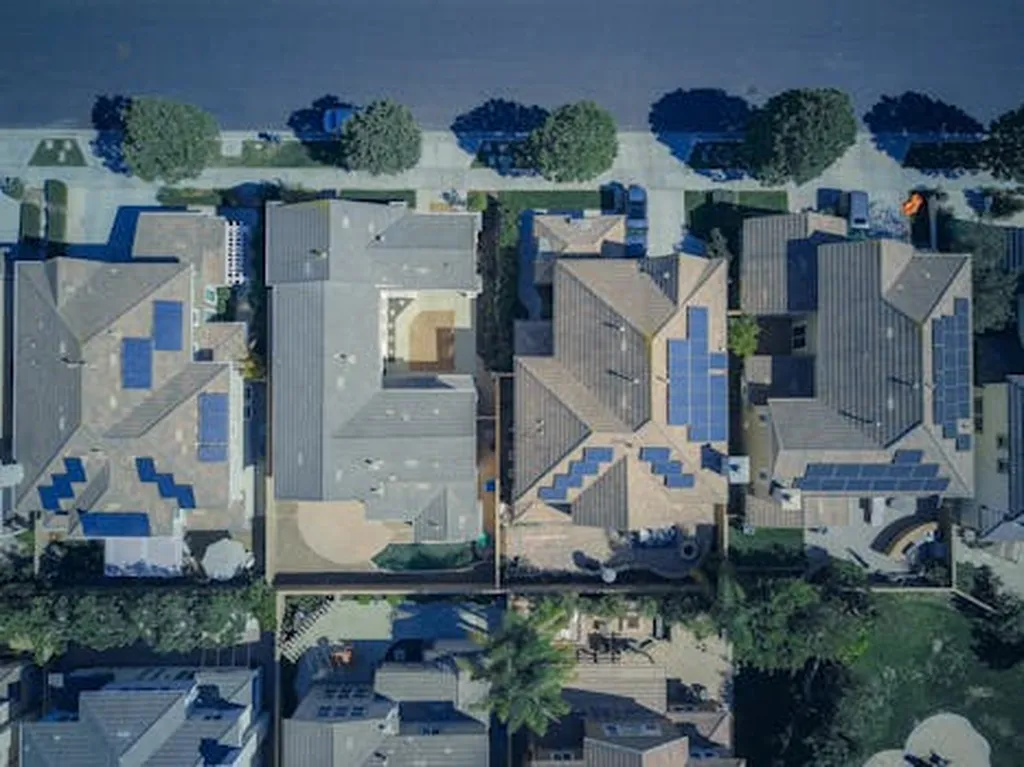In the heart of Beijing, a city pulsating with life and activity, a groundbreaking study is shedding light on the intricate relationship between urban spatial morphology and carbon emissions. Led by B. Yao from the National Center for Quality Inspection and Testing of Surveying and Mapping Products, this research is not just about understanding the past but shaping a sustainable future for high-density cities worldwide.
The study, published in ‘The International Archives of the Photogrammetry, Remote Sensing and Spatial Information Sciences’ (translated as ‘International Archives of Photogrammetry, Remote Sensing and Spatial Information Science’), delves into the micro-grid scale of Beijing, a typical representative of high-density cities. By estimating grid-scale carbon emissions using nighttime light data, the research offers a unique perspective on how urban form attributes such as size, fragmentation, shape index, and compactness influence carbon emissions.
From 2000 to 2023, Beijing’s carbon emissions have followed a “first increase and then decrease” trend, with high-value areas continuously concentrated in the city’s core regions. This spatial distribution pattern of “concentration in high-carbon areas – expansion in medium-carbon areas – scattered low-carbon areas” provides a vivid picture of the city’s evolving carbon footprint.
The research reveals that the total amount of construction land in Beijing increased by 58.7%, with the expansion direction radiating outwards from the core area, particularly towards the east and south. In terms of morphology, this manifested as increased fragmentation and localized clustering, exacerbating ecological and environmental pressures.
“High concentration of construction land is the main factor driving up carbon emissions,” explains B. Yao. “Patch density has a significant negative impact, while the other morphological indices have a positive effect.” This finding underscores the importance of thoughtful urban planning in mitigating carbon emissions.
The study also highlights that scattered land use, disordered urban sprawl, and uneven distribution of construction land can lead to increased transportation demand and resource consumption, resulting in a significant rise in carbon emissions. This insight is particularly relevant for the energy sector, as it underscores the need for integrated urban planning and energy strategies.
The research proposes carbon emission reduction suggestions for high-density cities from the perspective of urban morphological development. By providing scientific references for the spatial layout and low-carbon development of high-density urban areas, this study is set to shape future developments in the field.
As cities around the world grapple with the challenges of urbanization and sustainability, this research offers a beacon of hope. By understanding the driving mechanisms of carbon emissions at the micro-grid scale, urban planners, policymakers, and energy sector professionals can work together to create more sustainable, low-carbon urban environments. The study’s findings are a testament to the power of interdisciplinary research in addressing some of the most pressing challenges of our time.

